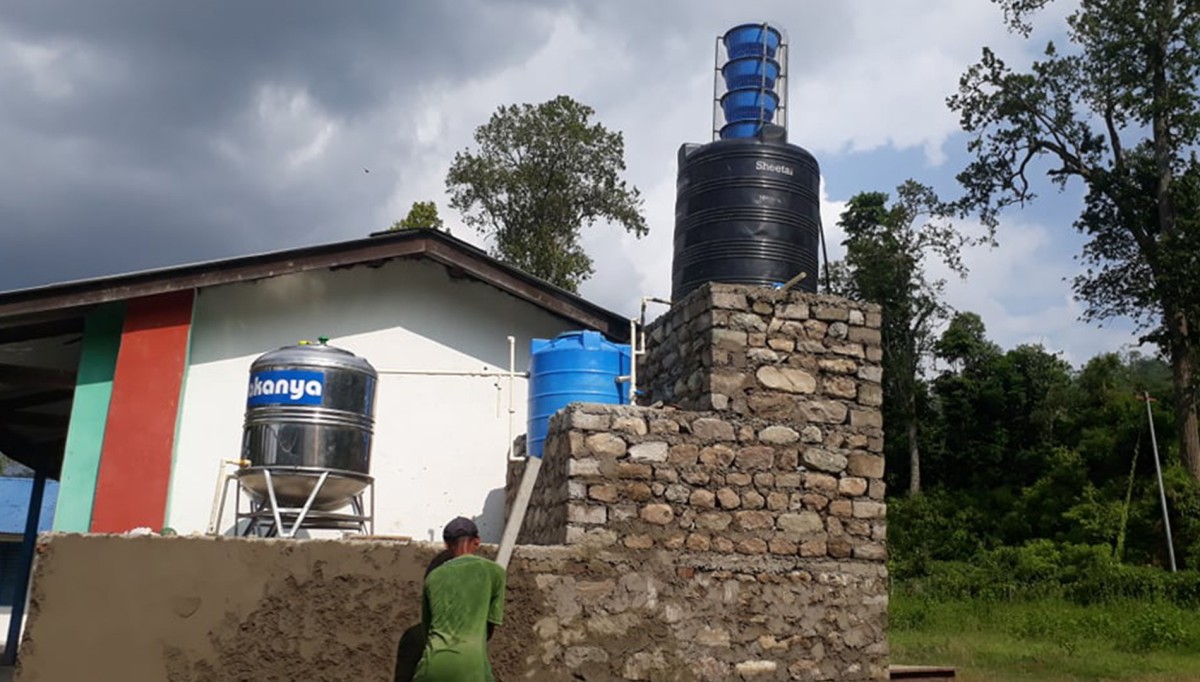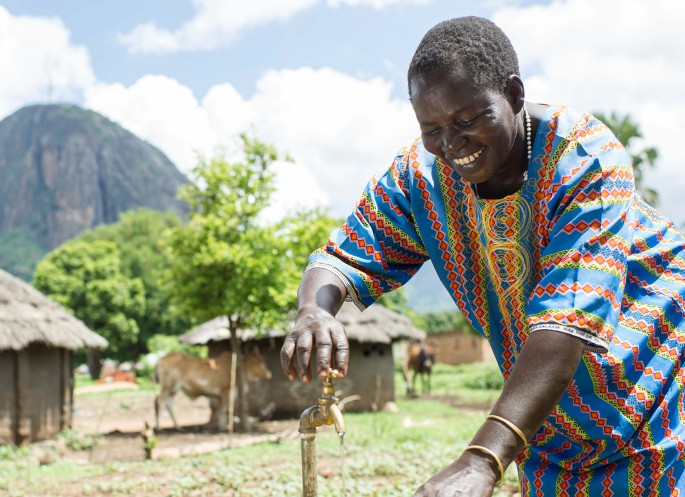WASH SDG programme: where are we now?
The WASH SDG programme has been running since 2017 and with the mid-term review being completed in 2021, we are taking a moment to see where we stand
Data from the review showed that despite the impact of Covid-19, good progress has been made to date, when reflecting on the overall targets of the programme. The clear link between WASH (Water, Sanitation and Hygiene) and Covid-19 prevention was also noticeable in some key result areas of the programme, particularly as can be seen from the high increase in people accessing basic hygiene.
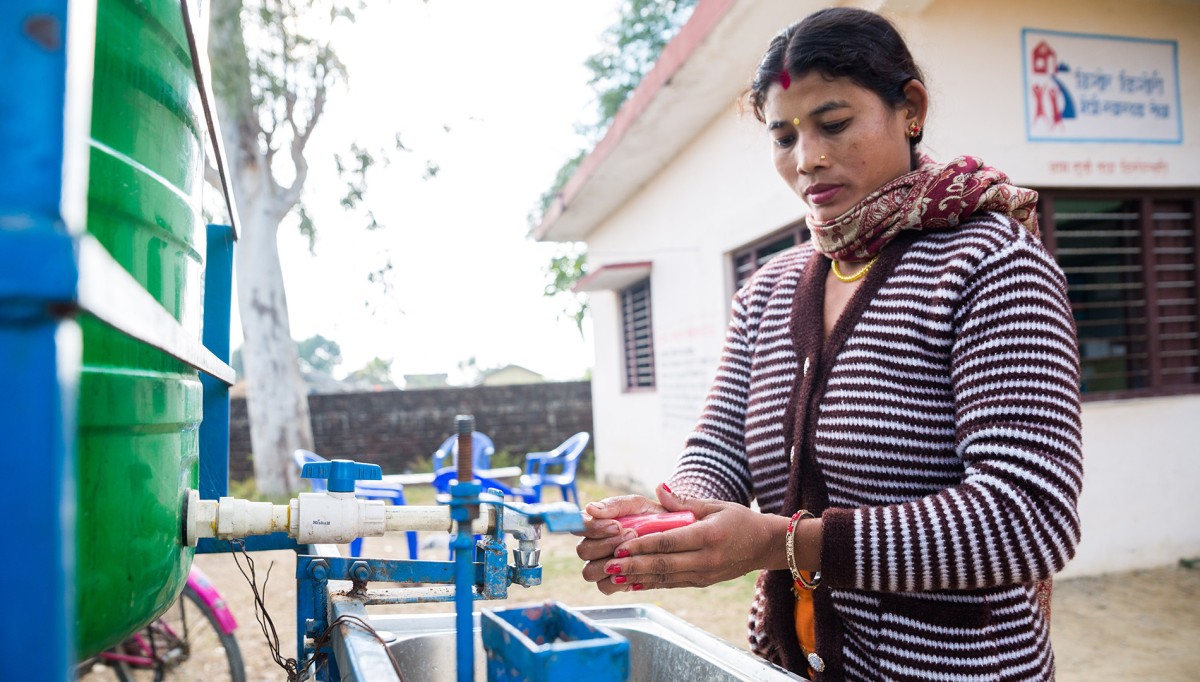
On track
In general, the consortium is largely on track to reach the targets, both on service levels as well as on various aspects of sustainability.
Water
- Overall quantitative targets: 450,000 people
- Improved access (at mid-term): 194,969 people (43%)
Sanitation
- Overall quantitative targets: 2 million people
- Improved access (at mid-term): 863,231 people (43%)
Hygiene
- Overall quantitative targets: 1.6 million people
- Improved access (at mid-term): 2,672,109 people (167%)
‘I no longer throw my child’s faeces and wash period cloths directly in the river that pollutes the water; instead I now use the improved toilet, dump household garbage in the municipality bin and practice hand and menstrual hygiene more than before'
Behaviour change
The programme has made good progress towards the implementation of behaviour change strategies by local agencies and organisations, leading to increased demand and improved WASH practices. Furthermore, more households have invested in WASH facilities or contributed to user fees for WASH services.
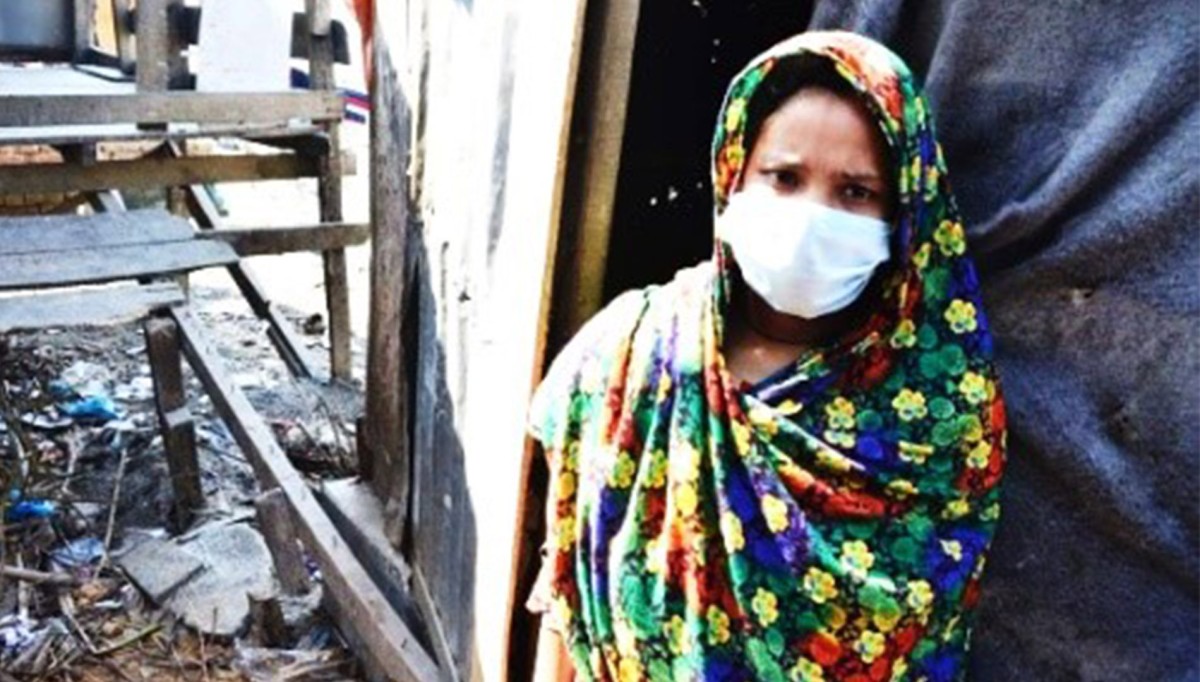
Participation of women and marginalised groups
The participation of women and girls in the WASH decision-making structures and WASH activities in the communities has improved and is progressing towards a level in which they are increasingly making decisions about their own lives. In addition, the participation of marginalised groups has also made progress compared to the baseline, with participants from some sub-programmes expressing that they are more comfortable speaking up and feel they are being listened to.
'Besides increasing the number of female teachers, the education office will take keen interest in planning for the sanitary facilities so that reusable menstrual pads (RUMPS) are provided to support people living with a disability, washrooms for the girls among others'
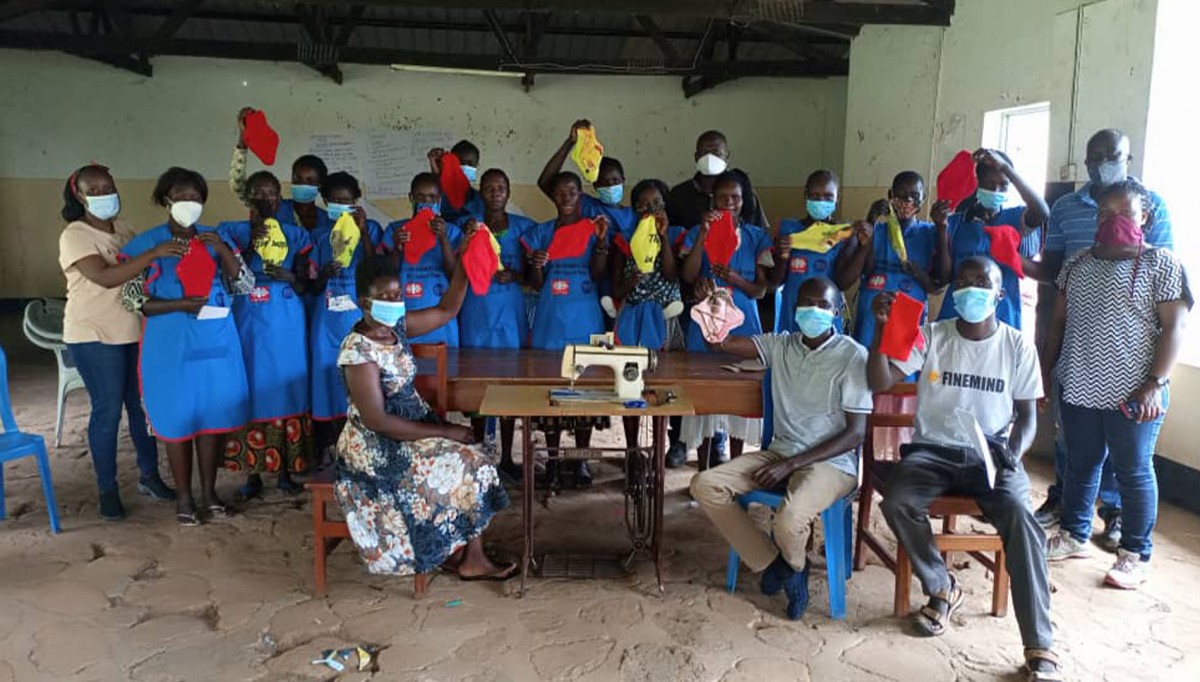
Increased availability of WASH products and services
Within the programme areas, there is an increased availability of WASH products and services for the bottom of the pyramid, which is the largest but poorest socio-economic group. Yet, this stays behind as not in all sub-programmes the WASH entrepreneurs are sufficiently aware or have the capacity to reach this group.
Promising however, is the increase in the presence of female WASH entrepreneurs. In addition, the governmental policy and legislation environment for WASH for all have been substantially improved at the district and municipalities level, where the programme is implemented. It is expected that by the end of the programme, more and more people from the poorest socio-economic group are reached.
'I am now selling bio-sand filters as well as providing them with the service of testing their water quality. These two really complement each other. My future plan is to create a WASH-Mart that has all services and equipments related to water, sanitation and hygiene available as a one-stop shop'
